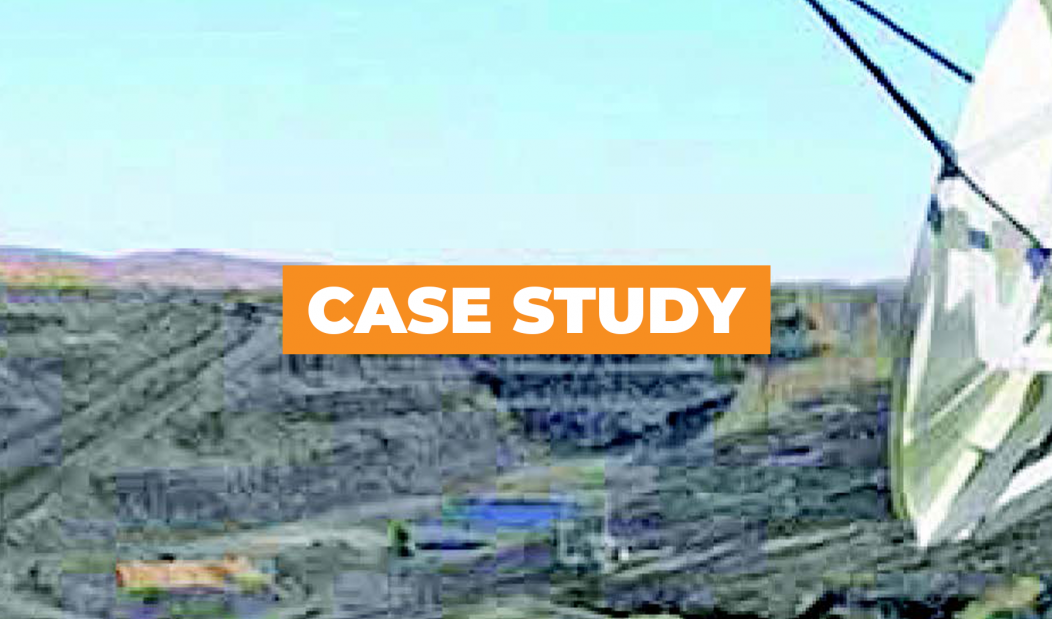Slope Stability Radar and the Coal Mining Industry

SLOPE STABILITY RADAR AND THE COAL MINING INDUSTRY MT OWEN MINE
Mt Owen is located in the Upper Hunter Valley of New South Wales, 20km north of the township of Singleton. Comprising one of the deepest coal open pits in Australia, the mine is wholly owned by the Swiss based minerals producer and commodity trader, Xstrata, with Thiess operating as the contractor of the mine.
In December 2004, Mt Owen became concerned about a large area they had been monitoring for over 6 months. The area was producing cracks in haul roads and other critical areas of the mine. Monitoring of the area had initially been conducted by using traditional methods until movement was considered unacceptable.
The Slope Stability Radar (SSR) was installed approximately three weeks before significant movement occurred. The data produced by the radar was applied to a set of generic slope stability principles that had been developed by the mine. This enabled Mt Owen to effectively assess risk, continue to recover coal, and confidently determine the point of imminent failure.
“The SSR allowed Mt Owen to anticipate the timing for a failure of 15 million cubic metres of material. As a result, Mt Owen was awarded the ‘Highly Commended Award’ at the NSW Minerals Council 2005, Occupational Health & Safety Innovation Awards.”
– Darren Pisters, Mine Geologist, Mt Owen Coal Mine
DRAYTON MINE
Drayton acquired the SSR system in September 2004 to monitor an area initially considered to be of moderate risk. With the wall appearing visually stable, workings continued prior to the deployment of the radar.
“Shortly after the SSR was deployed, the system showed that movement was increasing and that a failure was imminent. Mine personnel were immediately informed and the risk was effectively managed. 3 hours later the failure occurred.”
– Stuart Argent, Geologist, Drayton Coal Mine
LEIGH CREEK MINE
Leigh Creek Coalfields in South Australia acquired the SSR to monitor movement occurring in the Upper Series wall during a critical stage of mining.
The SSR was able to continuously scan the pit slope and transmit information to an office computer where movement was analysed.
“By being able to confidently monitor movement and manage risk, the mine was able to recover an extra 130,000 tonnes of coal. The information produced by the system was also used by the mine’s planners in optimising future coal recovery from the rest of the Upper Series of the mine.”
– David Lucas, Production Planning Manager, Leigh Creek Coal Mine

